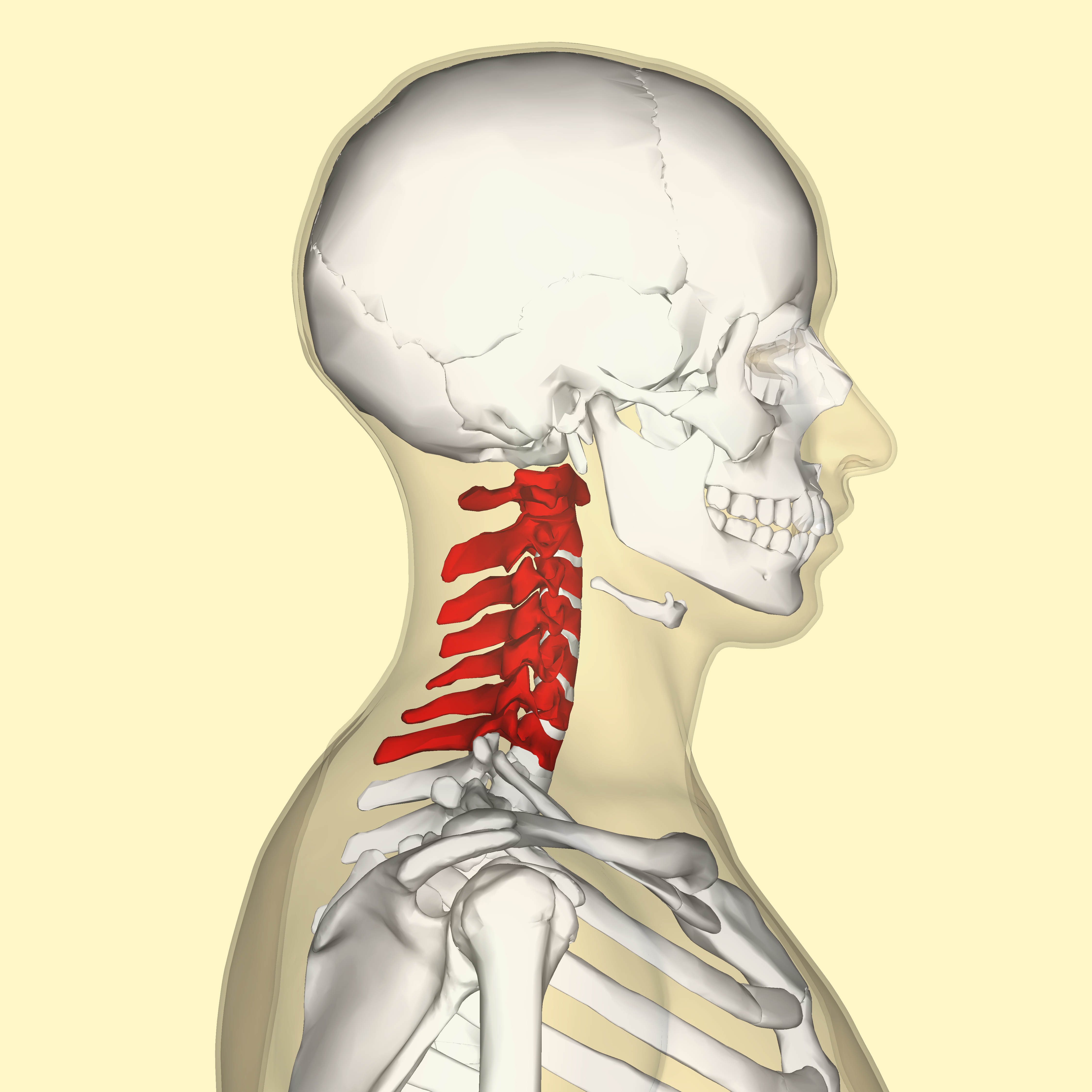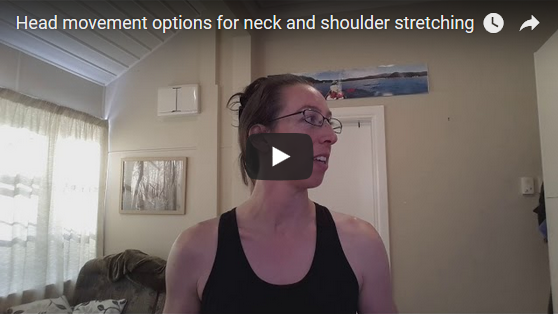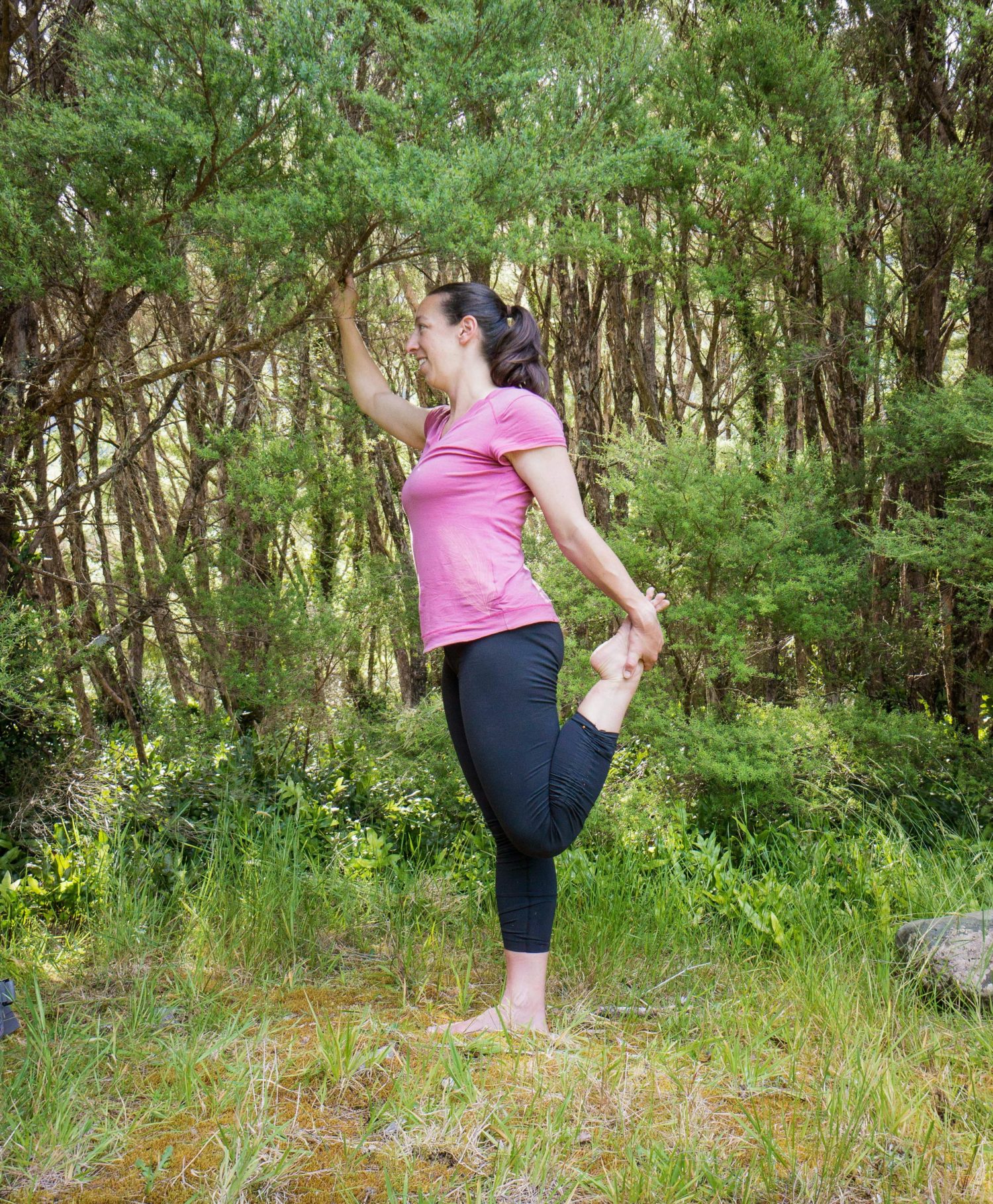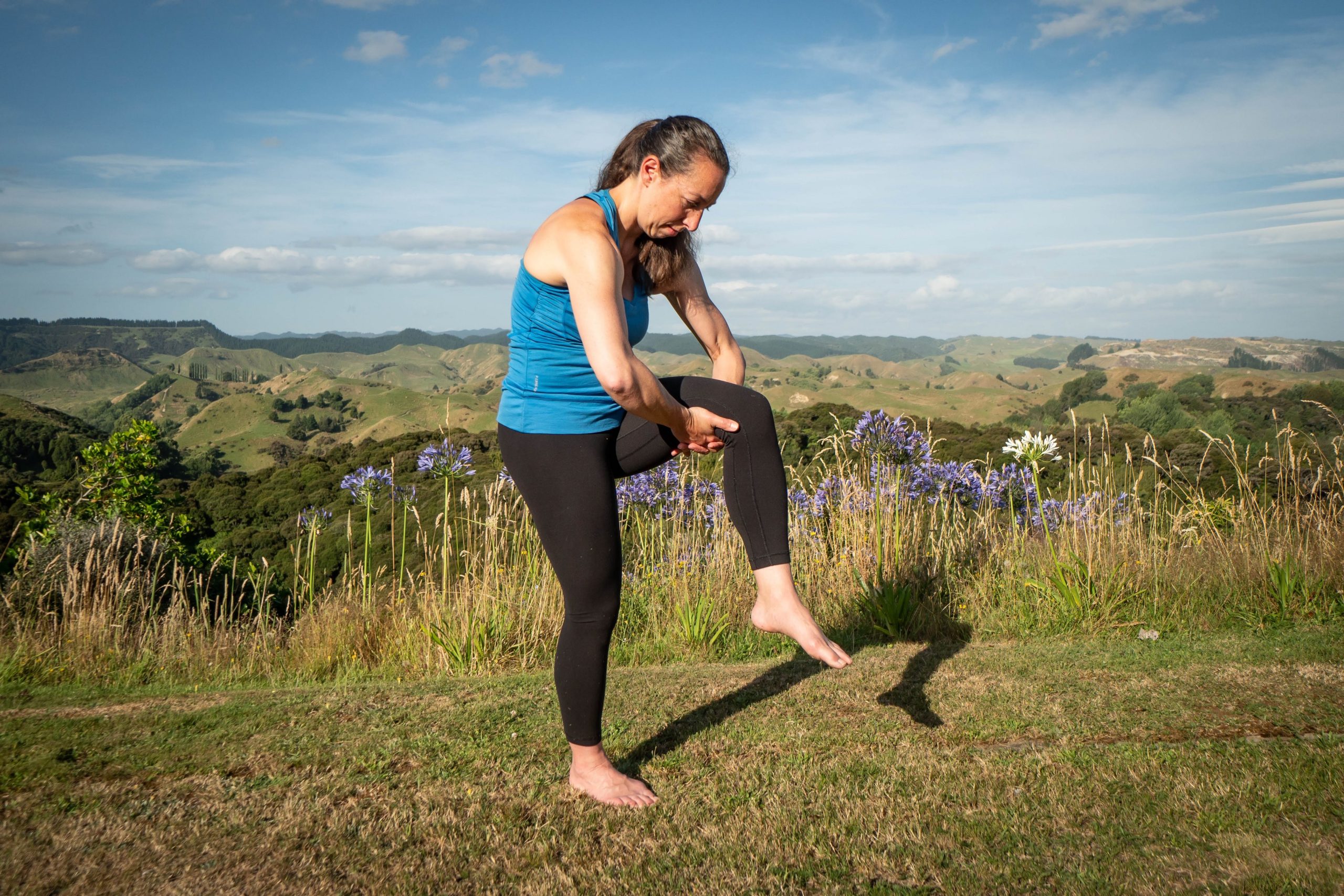When I ask for requests at the beginning of my classes, occasionally someone will ask for headstand (sirsasana) or shoulderstand (salamba sarvangasana). I thought it would be worth explaining why I don’t teach or even invite these poses in my classes.

Both positions pose a significant risk of injury to the cervical spine. This includes the 7 vertebrae in your neck and the related muscle and fascia.
The role of these vertebrae are to support your head and provide stability and mobility of the neck. They are not designed to carry a significant load.
Most yoga teachers will recommend practicing headstand in a way that uses support from large muscles in the shoulders, arms and upper back to help support the cervical vertebrae and much smaller muscles of the neck. But even then, research has shown that maximum forces on the head in a headstand can range from 40-48% of a person’s body weight.

In shoulderstand, the neck is in extreme flexion (head forward) and then weight is applied to the shoulders. The force from the body weight will be transmitted to the vertebrae and soft tissue of the neck including muscles and fascia.
In today’s technology obsessed society, we already have an excessive problem with head forward neck posture. Along with that chronic unhealthy pattern and the normal affects of age, the bones, muscles and fascia in the neck will be at greater risk of injury.
That all adds up to significantly higher risk for injury to a part of the body that is pretty important for getting through daily life.
Reviews of research in 2013 and 2017 found that headstand, shoulder stand and lotus position were the yoga positions most commonly associated with injuries. And a 2019 study found that of 1700 people, 29% reported that acute adverse effects in yoga were from handstands, headstands or shoulderstands.
Shoulderstand and headstand are types of yoga positions known as inversions because they invert or turn the body upside down. Yoga identifies a number of benefits from inversions due to the change in blood flow. The scientific evidence of these benefits particularly for headstand and shoulderstand is limited and debated.
While these body positions may have benefits for the body, the wonderful thing about yoga is there are many other ways to get the same benefits without the risk such as legs up the wall (see my how to on viparita karani) and supported bridge pose (see my how to video).
And while I realise they are tempting simply because they can also be playful and fun, I promise your life isn’t going to be greatly improved because you did a headstand that one time in yoga. But it will be greatly improved if you have a healthy and pain-free neck as you age.
If you want to read more on the debate see Matthew Remski’s article King and Queen No More? Headstand, Shoulderstand, and the Yoga of Experience and Evidence in Yoga International magazine.




